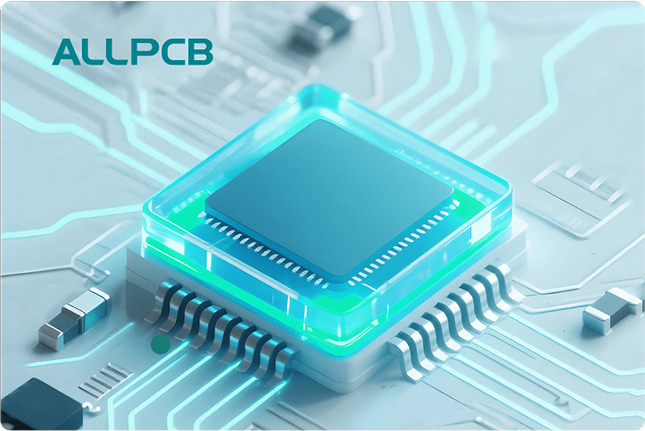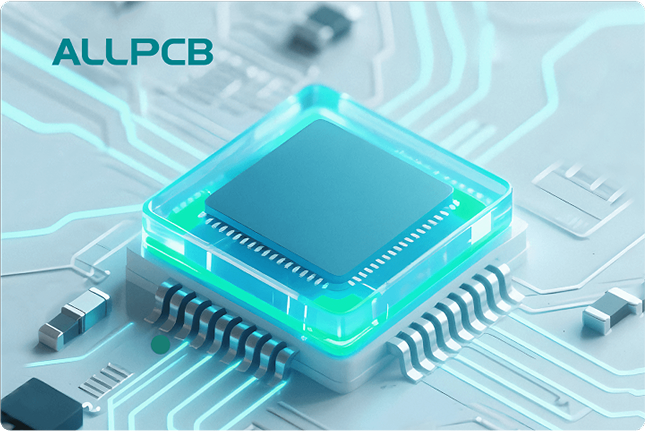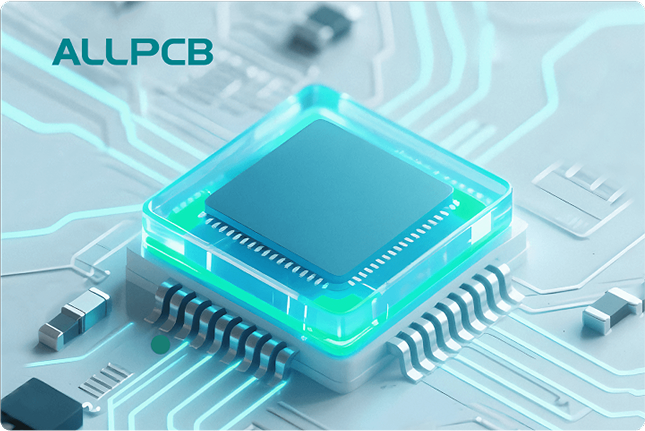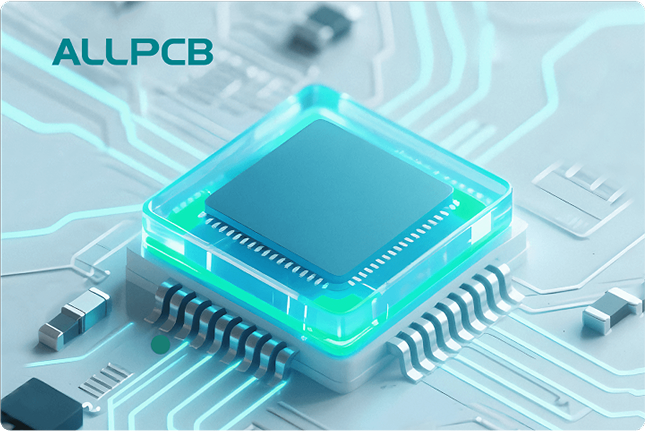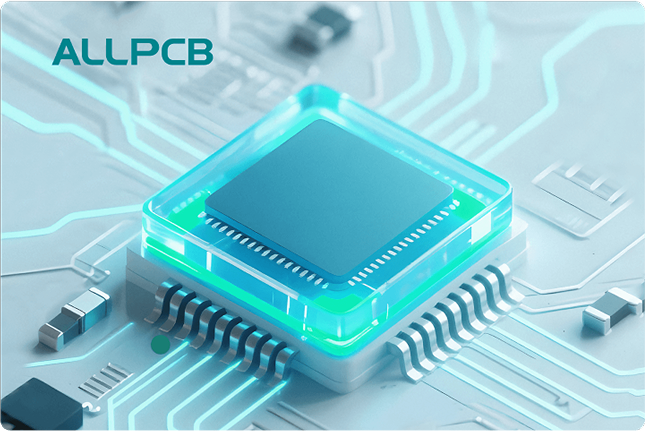Choosing the right PCB cleaning machine is crucial for maintaining the quality and performance of printed circuit boards (PCBs). Whether you're dealing with flux residues, dust, or other contaminants, a reliable machine cleaner can make all the difference in ensuring optimal functionality and longevity. In this comprehensive guide, we’ll walk you through the key factors to consider when selecting the best PCB cleaner for your needs, explore different cleaner methods, and provide practical tips to help you make an informed decision.
Why PCB Cleaning Machines Matter in Manufacturing
PCBs are the backbone of modern electronics, and their cleanliness directly impacts performance. During manufacturing and assembly, contaminants like flux residue, oils, and dust can accumulate on the board. If not removed, these can cause issues such as signal interference, reduced impedance, or even complete circuit failure. For instance, ionic residues left on a PCB can lead to corrosion over time, with studies showing that levels exceeding 1.56 μg/cm2 can significantly affect reliability.
A high-quality PCB machine ensures that these contaminants are effectively removed without damaging delicate components. By investing in the right equipment, you can improve product reliability, reduce rework costs, and meet industry standards like IPC-A-610 for cleanliness. Let’s dive into the key considerations for selecting the best PCB cleaner for your operations.
Key Factors to Consider When Choosing a PCB Cleaning Machine
Selecting the right PCB cleaning machine involves evaluating several factors to match your specific needs. Below are the most important aspects to keep in mind when searching for the best PCB cleaner.
1. Type of Cleaning Method
The cleaner method used by a PCB machine is one of the most critical factors. Different methods are suited for specific types of contaminants and production volumes. Here are the main options:
- Ultrasonic Cleaning: This method uses high-frequency sound waves to create microscopic bubbles in a liquid solution, which agitate and remove contaminants from the PCB surface. It’s highly effective for intricate designs with tight spaces but requires careful control to avoid damaging sensitive components. Ultrasonic machines typically operate at frequencies between 20-40 kHz for PCB applications.
- Spray Cleaning: Spray-based PCB machines use pressurized jets of cleaning fluid to dislodge residues. This method is ideal for larger boards and high-throughput environments, offering quick cleaning cycles. However, it may not reach hidden areas as effectively as ultrasonic cleaning.
- Immersion Cleaning: In this method, PCBs are submerged in a cleaning solution, often with agitation or heat, to remove contaminants. It’s a gentler option for delicate boards but can be slower compared to other methods.
- Dry Cleaning (e.g., Dry Ice Blasting): A non-liquid method that uses dry ice pellets to blast away residues. It’s environmentally friendly and leaves no liquid waste, making it suitable for specific applications where moisture must be avoided.
Choose a cleaner method based on the type of contaminants you’re dealing with and the fragility of your PCB components. For high-density boards with fine-pitch components, ultrasonic cleaning might be the best option, while spray cleaning could suit high-volume production lines.
2. Compatibility with PCB Materials and Components
Not all PCB machines are compatible with every type of board or component. Some cleaning solutions or methods can damage sensitive materials, such as certain plastics or coatings. Before selecting a machine cleaner, ensure it’s safe for the materials used in your PCBs. For example, solvent-based cleaning agents might be too harsh for some conformal coatings, while water-based solutions could be safer but less effective against stubborn residues.
Check the manufacturer’s specifications for compatibility with your PCB designs. If your boards include components with tight tolerances or delicate soldering, opt for a machine that offers adjustable settings to control cleaning intensity.
3. Cleaning Agent Options
The type of cleaning agent used by the PCB machine is just as important as the method. Common options include:
- Water-Based Cleaners: These are eco-friendly and often used in automated systems. They’re effective for removing ionic residues but may require longer drying times.
- Solvent-Based Cleaners: These are powerful against tough residues like flux but can pose environmental and safety risks due to volatile organic compounds (VOCs).
- Semi-Aqueous Cleaners: A hybrid option that balances effectiveness with environmental considerations, offering a middle ground for many applications.
Consider the environmental regulations in your region when choosing a cleaning agent. Water-based solutions are often preferred for compliance with strict environmental standards, while solvent-based options might be necessary for heavy-duty cleaning tasks.
4. Production Volume and Automation Needs
Your production volume plays a significant role in determining the right PCB cleaning machine. For small-scale operations or prototyping, a manual or semi-automated machine might suffice. These are often more affordable and allow for greater control over the cleaning process.
For high-volume manufacturing, fully automated PCB machines are ideal. They can handle large batches of boards with consistent results, reducing labor costs and minimizing the risk of human error. Look for machines with programmable cycles and adjustable parameters to optimize cleaning for different board types.
For instance, an automated spray cleaning system might process up to 100 boards per hour, while a manual ultrasonic cleaner might handle only 10-20 in the same timeframe. Match the machine’s capacity to your production needs to avoid bottlenecks.
5. Cost and Budget Considerations
PCB cleaning machines come in a wide range of prices, from a few hundred dollars for basic manual units to tens of thousands for advanced automated systems. While it’s tempting to opt for the cheapest option, consider the long-term value. A higher upfront cost for a reliable machine cleaner can save money by reducing rework, improving yield, and extending the lifespan of your PCBs.
Factor in ongoing costs as well, such as cleaning agents, maintenance, and energy consumption. Some machines may require specialized solutions that are expensive to replenish, while others might use more electricity or water, impacting operational costs.
6. Environmental and Safety Features
Modern PCB machines often come with features designed to minimize environmental impact and ensure operator safety. Look for systems with built-in filtration or recycling capabilities to reduce waste from cleaning agents. Additionally, enclosed designs can prevent exposure to harmful fumes, especially when using solvent-based cleaners.
Safety certifications and compliance with industry standards are also important indicators of a machine’s reliability. Ensure the equipment meets relevant guidelines for workplace safety and environmental responsibility.
Best Practices for Using a PCB Cleaning Machine
Once you’ve chosen the right PCB cleaning machine, following best practices will help you maximize its effectiveness. Here are some actionable tips to ensure optimal results with your machine cleaner:
- Establish Standard Procedures: Develop a consistent cleaning process based on industry standards. Train your team to follow these steps to avoid variability in results.
- Minimize Handling: Limit manual handling of PCBs before and after cleaning to prevent recontamination. Use automated loading and unloading systems if possible.
- Test for Residues: Regularly test cleaned boards for ionic contamination or surface insulation resistance (SIR) to ensure cleanliness levels meet your requirements. For example, maintaining ionic residues below 1.56 μg/cm2 is often recommended for high-reliability applications.
- Maintain the Machine: Follow the manufacturer’s maintenance schedule to keep the PCB machine in top condition. Regular cleaning of tanks, filters, and nozzles can prevent buildup that affects performance.
- Monitor Environmental Conditions: Control factors like humidity and temperature in your cleaning area to avoid issues like condensation on boards after cleaning.
Common Challenges in PCB Cleaning and How to Overcome Them
Even with the best PCB cleaner, challenges can arise during the cleaning process. Here are some common issues and solutions:
- Stubborn Residues: For tough flux or solder residues, consider pre-soaking boards in a compatible solution before using the machine. Adjusting the cleaning cycle time or temperature can also help.
- Component Damage: If components are being damaged during cleaning, reduce the intensity of the cleaner method (e.g., lower ultrasonic frequency or pressure in spray systems). Always test on a sample board before full-scale cleaning.
- Inconsistent Results: Inconsistent cleaning often stems from variations in process parameters or contamination of cleaning solutions. Regularly refresh or replace cleaning agents and standardize operating procedures.
Future Trends in PCB Cleaning Technology
As electronics become more complex, PCB cleaning technology continues to evolve. Emerging trends include the use of advanced sensors in PCB machines to monitor cleanliness in real-time, ensuring precise results. Additionally, there’s a growing focus on sustainable cleaning solutions, with manufacturers developing biodegradable agents and waterless cleaning methods to reduce environmental impact.
Automation is also becoming more prevalent, with smart PCB cleaning machines integrating with Industry 4.0 systems for seamless data tracking and process optimization. Staying informed about these advancements can help you future-proof your cleaning operations.
Conclusion: Finding the Best PCB Cleaner for Your Needs
Choosing the right PCB cleaning machine is a balance of understanding your specific requirements and evaluating the available options. By considering factors like the cleaner method, compatibility with your boards, production volume, and budget, you can select a machine cleaner that delivers reliable results. Implementing best practices and staying ahead of industry trends will further ensure that your PCBs remain clean, functional, and ready for high-performance applications.
At ALLPCB, we’re committed to supporting your PCB manufacturing journey with expert insights and solutions. Whether you’re looking for the best PCB cleaner or need guidance on optimizing your processes, we’re here to help you achieve excellence in every step of production.
 ALLPCB
ALLPCB


